When choosing the land on which to build their future home, most people take into account the space they will be able to allocate to their yard and its location respectively.
However, soil can have a bigger impact on your home than you expect. By knowing how soil characteristics influence construction, you will make a more informed decision when purchasing land for your home.
1. Inadequate construction inside
First you need to know that there are some situations in which land cannot be used for construction:
1.1.Teries too small in size
(depending on the case, less than 150 m² or 200 m²)
1.2.The shape of the land is not appropriate
(If the opening is greater than its depth; the opening towards the road must be at least 12 m)
1.3.teren located in a dangerous area
(for example the low watercourse of a river or an area at risk of landslides)
1.4. Plot of land located in a protection zone
(adjacent to certain types of public infrastructure, such as main high voltage or gas lines)
1.5.Ter is located outside the locality
(because there are restrictions on building housing on extra-urban land, especially forestry and agricultural; if the extra-urban land can be passed into the city, you pay a tax)
2. Geotechnical soils
There are several reasons why the geotechnical study is so important and should be carried out as soon as possible. In some cases, it should be done before purchasing the land. For example, if you want a multi-storey house, you need to make sure that the land allows it. Equally important is whether you want to build underground structures, such as a basement or cellar.
3. Urban planning regulation
Depending on the location of the land, different rules or restrictions apply. For example, in some areas the height of buildings is limited. You will therefore need to find out about the urban planning regulations of the respective area, to find out if you can carry out your plans regarding the construction of the house.
4. The shape of the land in relation to the house
The layout of the land can influence the plan of the house. For example, narrower shapes can limit architectural options. In most cases there is a correlation between the shape of the land and that of the house.
5. Utilities: electricity, water, sewage, etc.
In the case of any land, it will be necessary to check whether it is already connected to electricity, running water and the gas network and, if not, whether it is possible to do so. It is also necessary to carry out checks on the sewerage system, cable TV, Internet and all other necessary services.
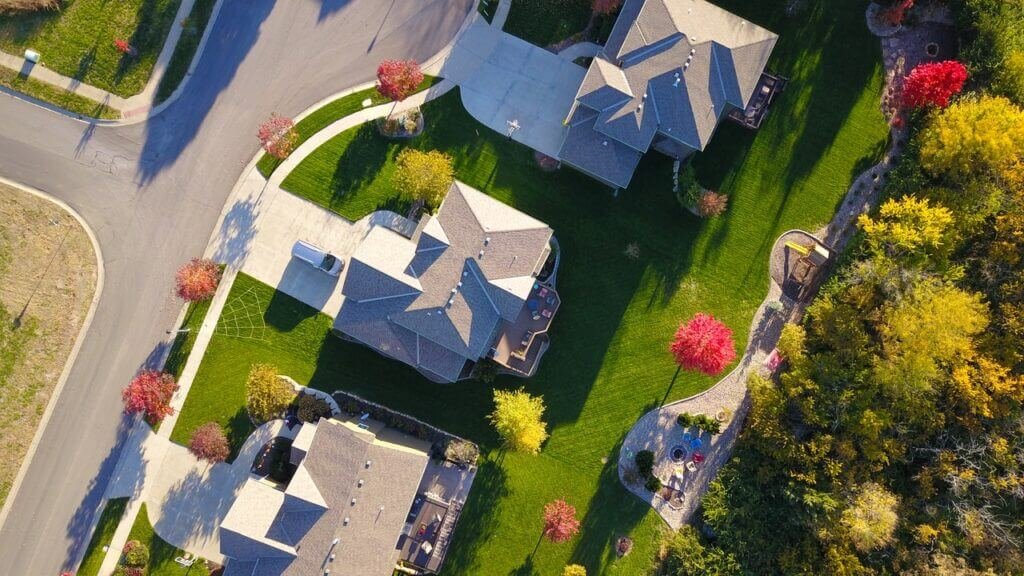
6. Access instructions
Additionally, the way the access infrastructure is laid out will affect the plan of the house. Take into consideration not only easy access to the house, but also avoid noise pollution and the need for privacy.
It is estimated that it takes 20-30 m between a circulated road and a plot for the construction of a house. If you have more space, you can arrange a yard in front of the house, with trees, shrubs or living fences, which can reduce the level of dust and noise.
Usually, more space is left behind the house, where it is possible to organize a more intimate space.
7. Surface of cultivated land
As we have already mentioned, there is a minimum size that land must have for building.
There are also rules regarding the minimum space to be left between the construction and the boundaries of the land.
The ideal surface of the land changes depending on your preferences: for example if you want to place a covered terrace, a sheet of land, a swimming pool or a simple garden behind your house.
8. The price of land – the future of housing
Last but not least, even if you find an ideal plot for your home, with all the aspects you want, you need to take into account the impact on your budget.
You may prefer to compromise on some land elements, so as not to affect the house construction budget too much.
latest posts published

How to set up a wardrobe in your apartment: tips and advantages
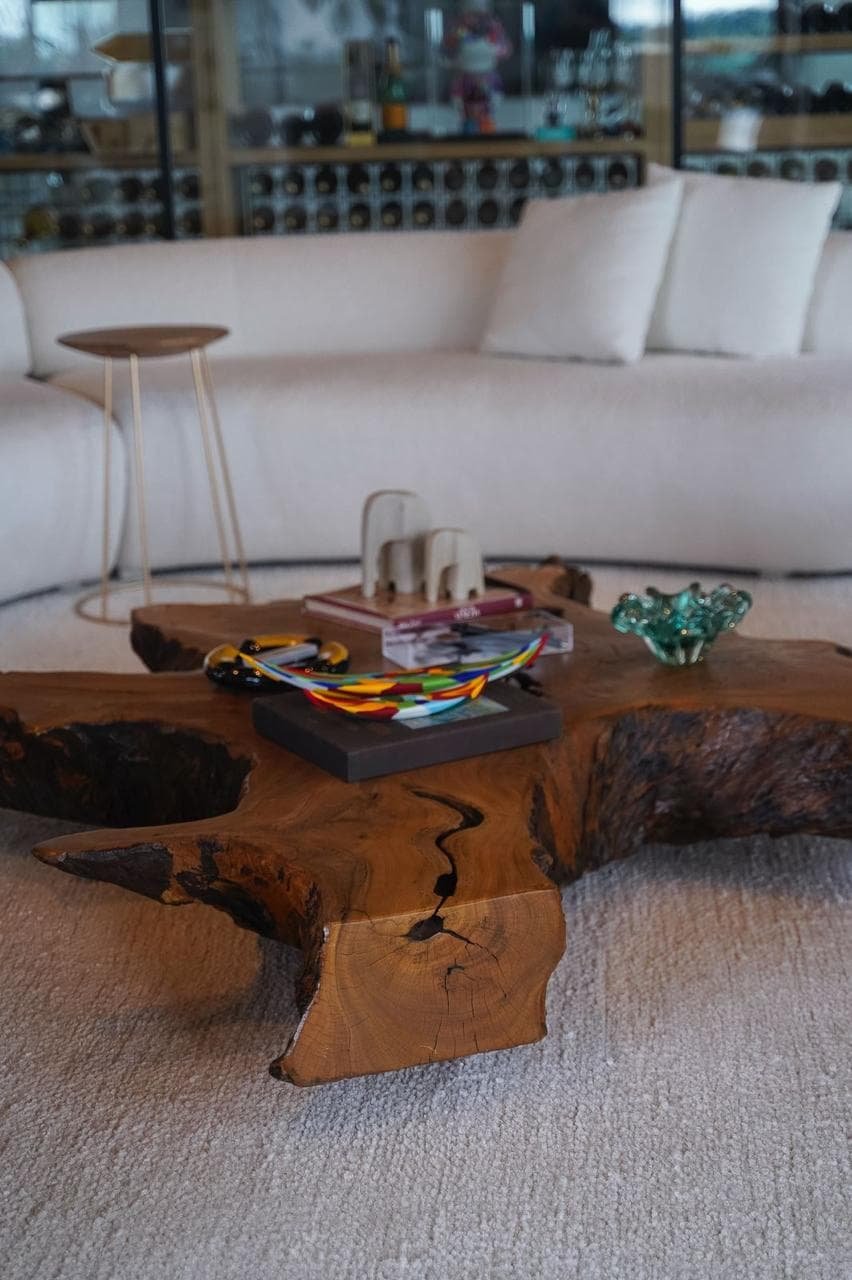
Discover the sophisticated furnishings of Progetto Decor
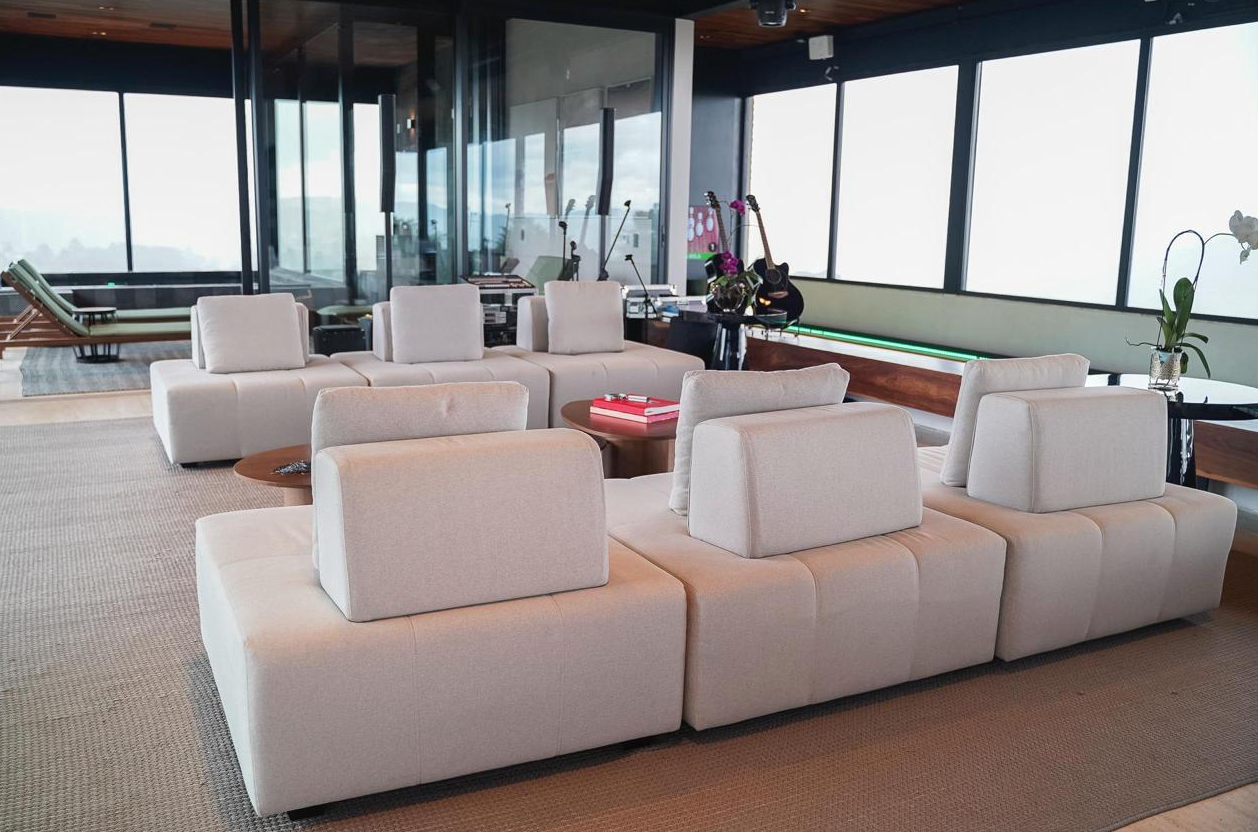
Luxury design: the balance between comfort, elegance and functionality

Discover the luxury furnishings of Progetto Decor

Garden in the apartment: discover the advantages
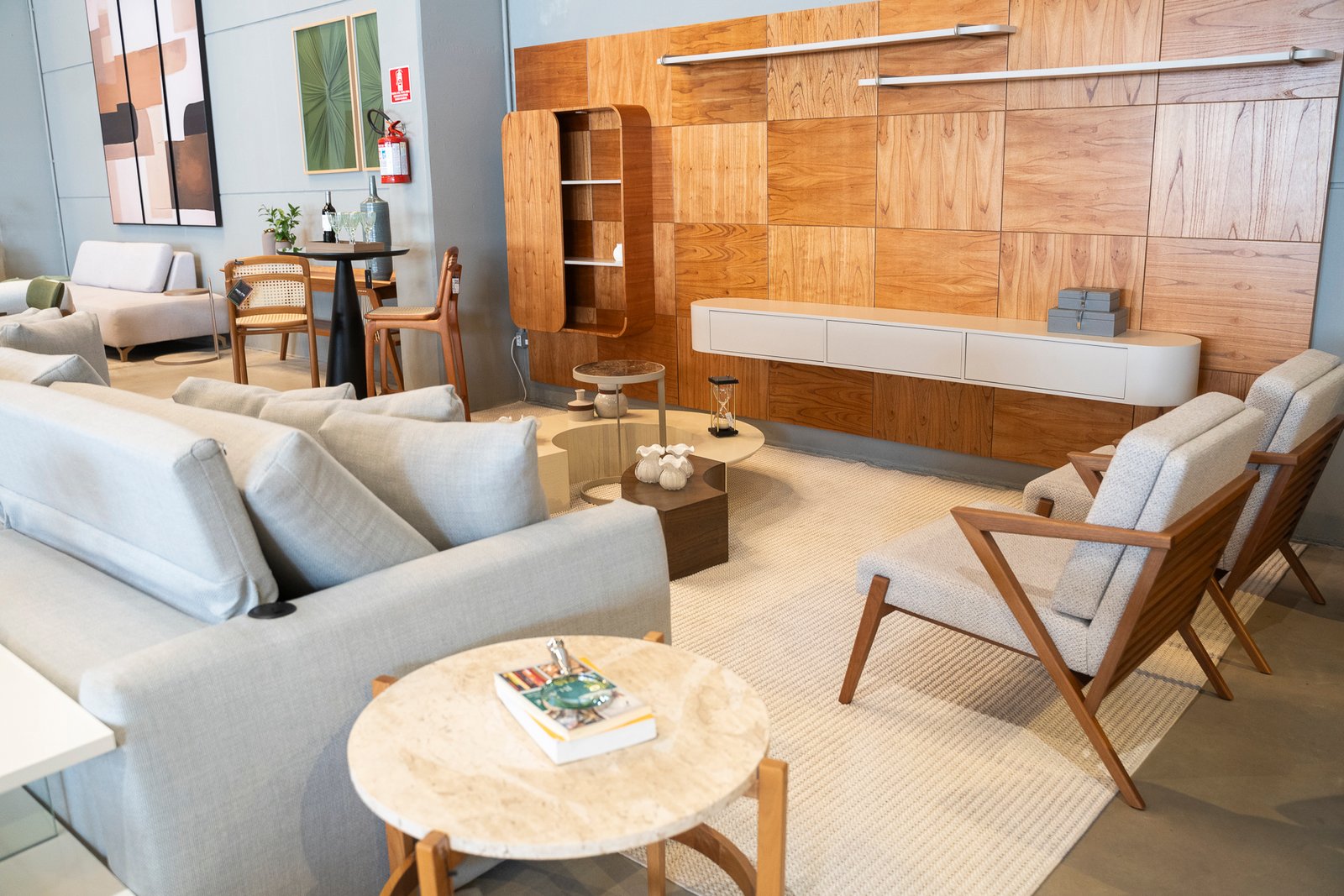
Discover Progetto Decor’s line of custom-made luxury furniture

The main tips for creating integrated environments
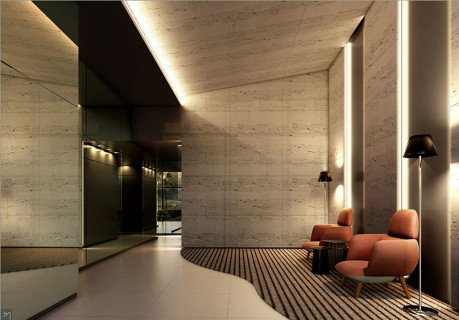
Ambient lighting tips

3D projects: transform spaces with luxury and innovation


